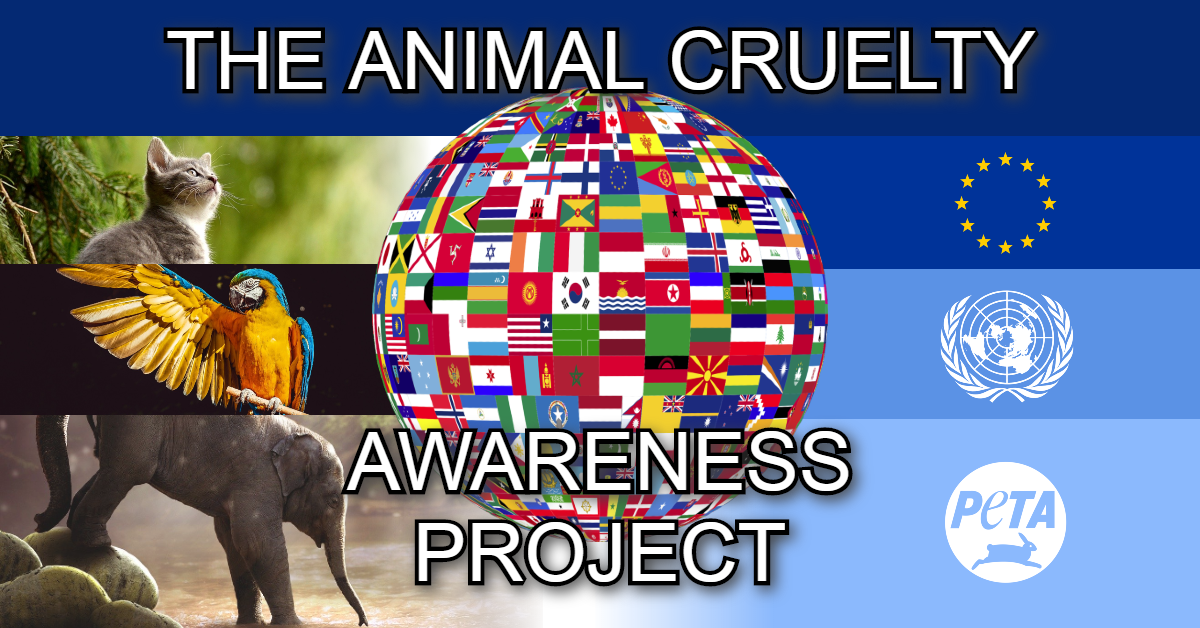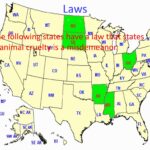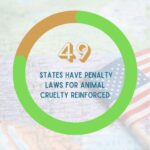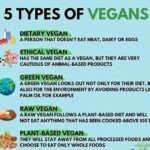Animal cruelty is not merely a social issue; it is an environmental catastrophe that impacts our planet on multiple levels. As we delve deeper into the myriad facets of this dark reality, we uncover an intricate web that binds cruelty towards animals with the destruction of our ecosystems. Animal cruelty manifests in various forms, from factory farming practices to poaching and illegal wildlife trade. Each act not only causes immediate harm to animals but reverberates through the environment, leading us to question: How unsustainable is animal cruelty? This examination extends our understanding beyond the confines of ethics and human-animal relations into environmental consequences that we can no longer afford to ignore.
At the core of this discussion lies the agricultural sector, which contributes significantly to animal cruelty. The rise of industrialized farming—largely driven by consumer demand—has led to the proliferation of factory farms where animals are subjected to heinous living conditions. These operations prioritize efficiency and profit over animal welfare. Poultry, cattle, and pigs are often confined in overcrowded spaces, deprived of natural behaviors and subjected to countless stressors. The sheer scale of such operations produces vast amounts of waste, which often ends up contaminating local water supplies and degrading land through nutrient overload. The environmental fallout is staggering, resulting in soil degradation, loss of biodiversity, and pollution of aquatic ecosystems. Hence, animal cruelty is unsustainable not only for the animals involved but also for the earth we inhabit.
Moreover, the demand for meat and dairy products exacerbates climate change. Livestock accounts for approximately 14.5% of global greenhouse gas emissions, a staggering statistic that highlights the extensive environmental burden of animal agriculture. Methane, a potent greenhouse gas emitted by ruminants, is significantly more effective in trapping heat in the atmosphere compared to carbon dioxide. The increase in methane levels contributes directly to global warming, affecting weather patterns and leading to more frequent and severe climate-related disasters. Each choice to consume meat sourced from cruel practices pulls us further into an unsustainable cycle, pushing us closer to environmental collapse.
The connection between animal cruelty and habitat destruction cannot be overlooked. As agricultural practices expand to accommodate increasing meat demand, forests are razed, wetlands are drained, and biodiversity is compromised. The Amazon rainforest, often dubbed the lungs of the planet, is decimated at an alarming rate to create pastures for cattle. This deforestation not only displaces countless animal species but also releases carbon stored in trees into the atmosphere, contributing to the greenhouse effect. As animal habitats shrink, the biodiversity crisis deepens, leading to the extinction of various species and destabilization of ecosystems. The loss of biodiversity, in turn, hampers nature’s ability to recover and adjust, further compromising our planet’s resilience.
Water scarcity is another pressing issue intrinsically linked with animal cruelty. The livestock sector is one of the largest consumers of freshwater resources. It takes approximately 1,800 gallons of water to produce just one pound of beef, whereas plant-based alternatives require significantly less water. As climate change advances and the global population continues to grow, freshwater resources become increasingly strained. Supporting animal agriculture not only accelerates this depletion but also results in pollution from runoff, where fertilizers and waste contaminate water supplies. This dual burden on water resources gives rise to ethical questions surrounding the sustainability of animal-based diets amid a global water crisis.
Furthermore, the economic ramifications of animal cruelty manifest as well, particularly in developing nations. Unsustainable animal farming practices can lead to food insecurity, as land is depleted and water resources become scarce. Farmers and communities dependent on livestock may find themselves ensnared in a cycle of poverty, exacerbated by the environmental degradation that accompanies industrial animal farming. Investing in humane and environmentally friendly agricultural practices can uplift communities while safeguarding the environment. Shifting our focus towards sustainable food systems is not merely altruistic; it is a matter of survival.
However, change is possible. A growing movement towards plant-based diets and ethical farming practices is taking root. Encouragingly, many consumers are becoming more aware of the connections between their food choices and environmental impact. Awareness campaigns, educational programs, and advocacy efforts that spotlight the implications of animal cruelty on the environment are crucial for sparking dialogue. By informing ourselves and others about these issues, we can demand systemic change and support policies that prioritize sustainable practices over profit-driven exploitation.
In conclusion, the unsustainability of animal cruelty is woven into the very fabric of our environmental challenges. From climate change to biodiversity loss, the repercussions extend far beyond the immediate suffering of animals. A paradigm shift is necessary—a shift that reconsiders our relationship with animals and prioritizes the health of our planet. A commitment to reduce consumption of animal products and to support humane, sustainable farming practices can lead us toward a more equitable and environmentally sound future. The question remains: Are we ready to make that change?








